When you think of a sewing machine, you might only think of the needle going up and down to sew fabrics together. But there are actually many different parts that work together to make a sewing machine function. By understanding the different parts of a sewing machine, you can better understand how it works and what each part does.
If you’re new to sewing, the thought of using a sewing machine can be daunting. But have no fear! These days, sewing machines are very user-friendly.
And once you know the basics of how to use one, you’ll be whipping up projects in no time. To get started, let’s take a look at the different parts of a typical sewing machine. The most important part is the needle, which is what does the actual stitching.
The needle is inserted into the fabric and then moves up and down to create stitches. The next important part is the bobbin. This is where the thread for your project is stored.
Most machines have an automatic bobbin winding feature that makes it easy to get started. Then there’s the presser foot, which holds the fabric in place as you sew. There are also various levers and buttons on your machine that control things like stitch length and tension.
And finally, there’s often a lightbulb on modern machines that illuminates your work area – very helpful when working with dark fabrics!
Parts of a Sewing Machine
Sewing machines were invented during the first Industrial Revolution to decrease the amount of manual sewing work performed in clothing and upholstery companies.
The earliest sewing machines were designed to mimic human handiwork, but newer models are powered by electricity and can perform a variety of complicated stitches automatically.
There are now many different types of sewing machines available on the market, each designed for a specific purpose. The simplest form of a sewing machine has just 10 parts:
1) Needle – The needle is the sharp metal point that pierces the fabric and forms the stitches. It is attached to the needle bar, which raises and lowers it.
2) Thread guide – The thread guide helps to keep the thread in place as it passes through the eye of the needle. It also prevents tangles by directing the thread where it needs to go.
3) Bobbin – The bobbin is a small spool of thread that sits underneath the fabric being sewn. As the needle moves up and down, it wraps around the bobbin, forming stitches on both sides of the fabric at once.
4) Bobbin case – The bobbin case holds the bobbin in place and keeps it from unwinding too quickly. It also keeps tension on the thread so that it doesn’t get too loose or too tight. Some machines have an automatic winding feature that winds the bobbin while you sew!
5) Feed dog – The feed dog is a series of metal teeth located under the throat plate (the removable metal plate at the bottom of the sewing machine). As you sew, they help move the fabric along evenly under the needle so that every stitch is exactly the same length. Without them, your stitches would be all over the place!
6) Throat plate –The throat plate protects your fingers from getting caught underneath the needle as it goes up and down It’s usually made of metal or plastic and has a hole in it for passing the spool of the bobbin during stitching. Mostplateshavea a few extra holes in them for the additional eyelets used in certain stitches, such as buttonholes or zigzag stitching.
7) Presser foot– This part actually does most of the sewing!
Sewing Machine Functions
If you’ve ever wondered what all those parts on your sewing machine do, wonder no more! Here is a guide to the most common sewing machine parts and their functions. The needle is arguably the most important part of the sewing machine.
It pierces through the fabric and creates the stitch. The size of the needle depends on the type of fabric you are using. For example, a thicker fabric will require a larger needle.
The bobbin is another key component of the sewing machine. It holds the thread that forms the bottom part of the stitch. Most machines have an automatic winding system that winds the thread onto the bobbin for you.
The feed dogs are located under the footplate and help move the fabric along as you sew. They look like little teeth and can be lowered or raised depending on your needs. For example, if you want to sew backward, you would lower the feed dogs so they don’t pull on your fabric.
The presser foot is located at the front of the machine and holds down your fabric as it feeds through under the needle. There are many different types of presser feet available depending on what kind of stitches you want to create. Some common presser feet include: zigzag, straight stitch, buttonhole, walking/even feed, free motion quilting, etc…
That covers some of the main components found on most sewing machines today! With these basics in mind, you’ll be well on your way to understanding how your machine works – and might even be able to fix it yourself if something goes wrong!
Sewing machines are complex machines with many different parts that work together to create a stitch. The three main parts of a sewing machine are the needle, the bobbin, and the feed dog. The needle is what pierces the fabric and creates the hole for the thread to go through.
The bobbin holds the bottom thread and spins around, creating tension that pulls the top thread through the fabric. The feed dog is a toothed wheel that moves the fabric along as you sew.



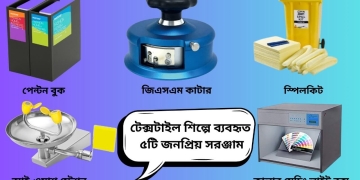
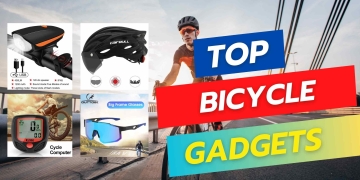


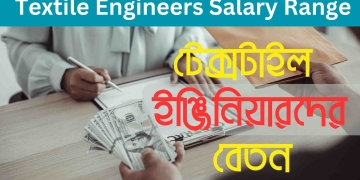
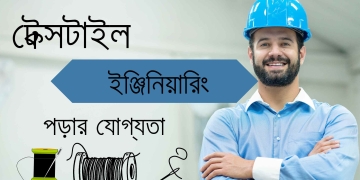
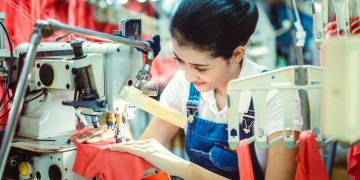
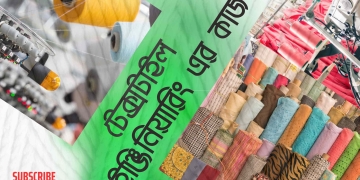
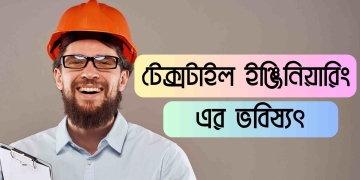
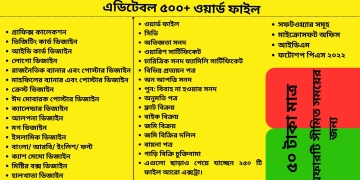
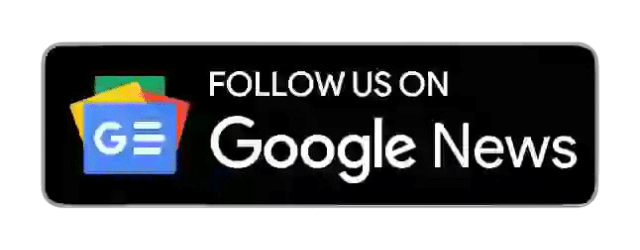









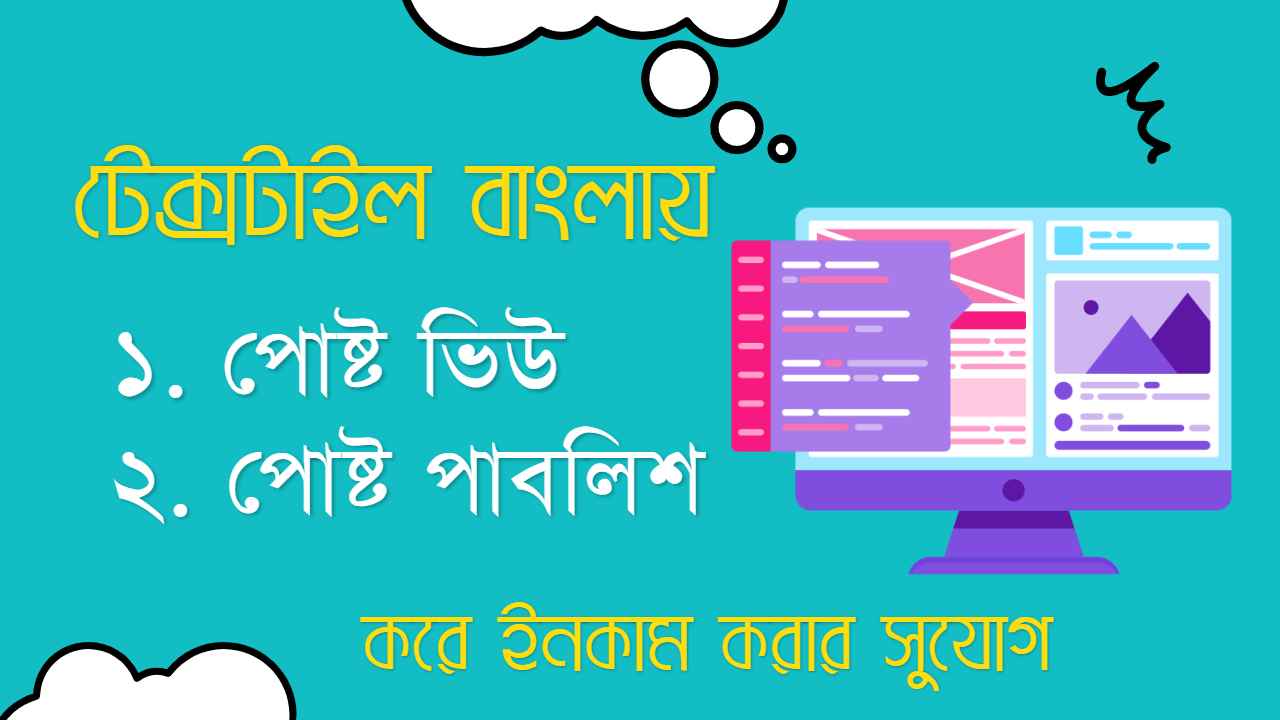
Good